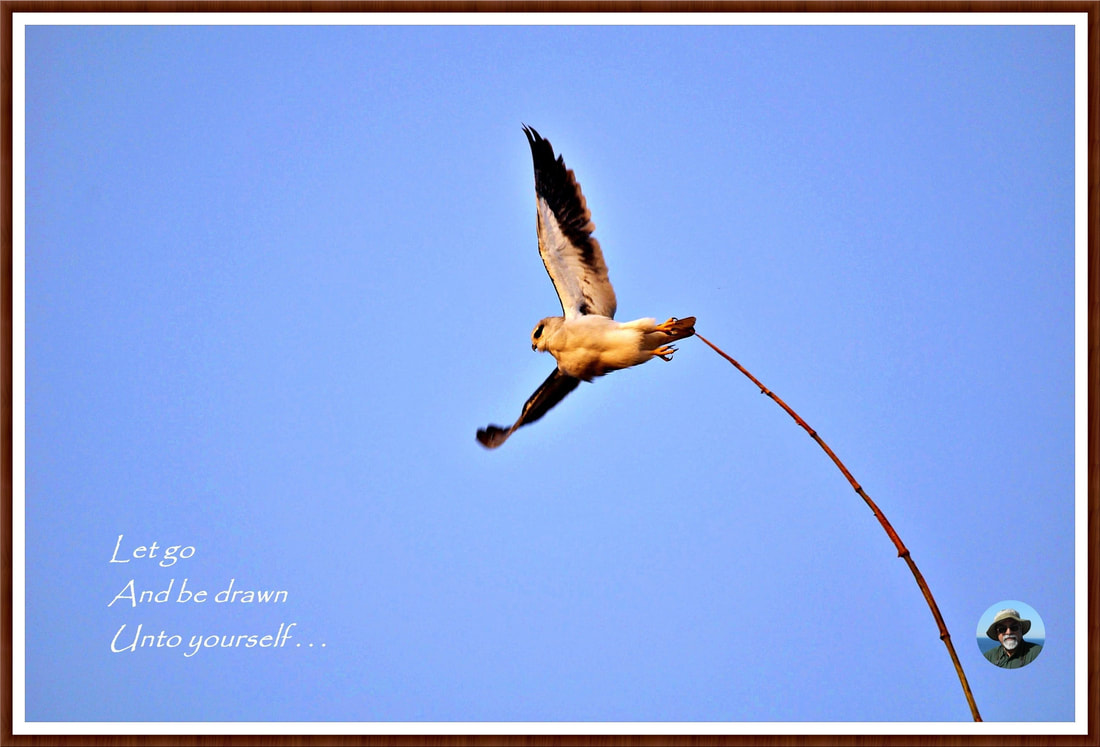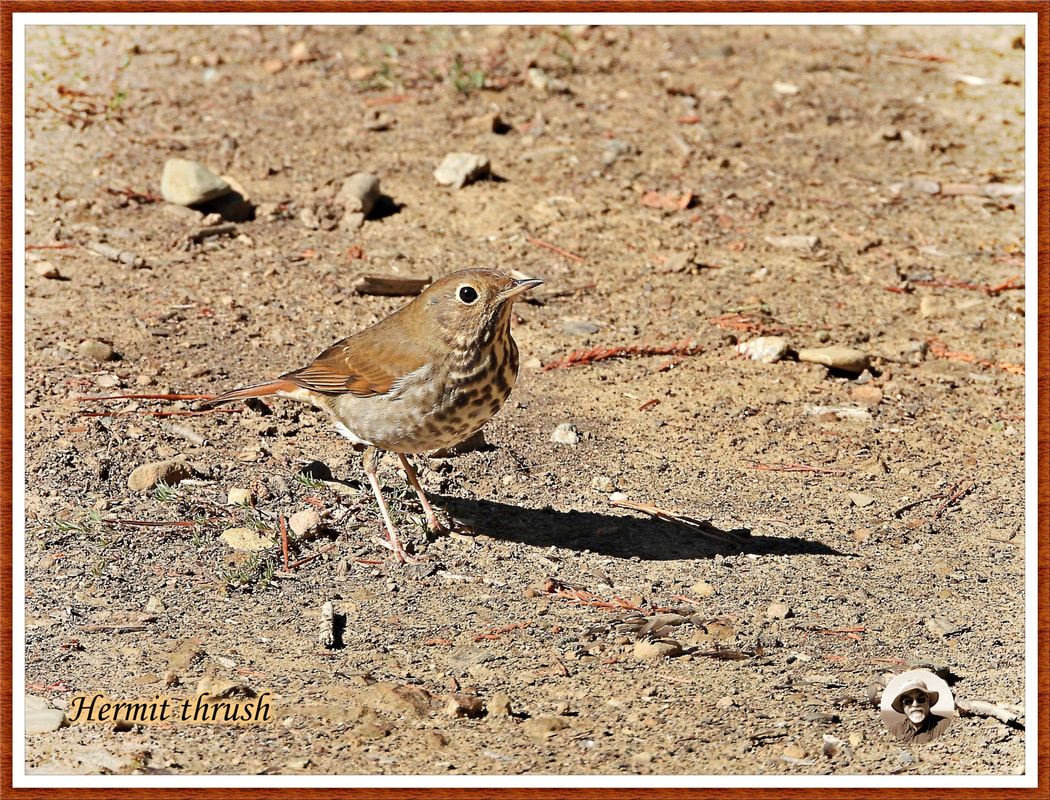|
Recently a former student of mine asked me a weighty question as to what is the background of my interest and passion in art/architecture and wildlife. He wanted me to write about it..
When I search for an answer within myself, I perceive that perhaps it is an unabiding quest for beauty in all its forms and expressions. We are immersed in it in our everyday lives, sometimes not being aware of it. Noticing beauty and creating experiences around them inspires me. After I finished high school and before joining the PUC I spent several months with a well known painter Mr Krishnamurthy. Our interactions would start around 8PM and would go on till late night. He introduced me to various art forms and opened up avenues of appreciating them. I discovered the enchanting art of Batik under his tutelage and did a few paintings myself. When I joined MBBS in JIPMER, I was immersed in its artistic ambiance. Reproductions of famous paintings and sculptures adorned every corner of the hospital and college premises. It was perhaps the only medical institution in the country which had a resident artist. There was also a photography club. I didn’t have a camera at that time and I borrowed one from my cousin (who is a well known, talented cinematographer). On weekends I used to cycle around in the environs of the college and in Auroville, which was taking shape at that time. During these forays I took photographs; sometimes my friends volunteered to be my subjects. When I showed some of these to the photographer in the college, he encouraged me to print and send them for a competition where they won prizes. I also sold some of my Batik paintings to my teacher! After my undergraduate career, the transition was from the outer landscapes which I was trying to capture through the lens of a camera to that of the interior which I wanted to explore and understand. And a career in psychiatry was an organic choice. The environs of NIMHANS provided a creative space for reflection in thinking. I initiated a 'brainstorming' session which took place every Saturday morning in which trainees could start looking outside the conventional medical box. It provided scope for the students to share and discuss poetry, arts and issues of contemporary concerns. These conversations drew attention to the role of aesthetics both in personal and professional lives and enhanced many of the competencies in trainees: empathic communication, curiosity and reflexive capacity. During one such session, a student talked about her interest in birding and introduced me to it during a unit visit to Bandipur. It was a magical experience which has had a lasting hold on me since then. Over the years, Ahalya and myself found time to explore many national parks across the country. More than sighting and photographing birds and other denizens of the forest, being amidst nature is itself a spiritual experience for me. For me it is akin to meditating in that small room in Ramanasramam. My interest in temple architecture/paintings had its moorings during a visit to the terracotta temples at Bishnupur, decades ago. Clay is one of the oldest building materials used in the history of mankind. Terracotta is essentially baked clay and was largely used to make objects like pots for everyday use. I was wonderstruck to see the manner in which this material was used here. Intricate compositions, panels and friezes depicting various mythological themes adorned the walls of the temples. On my return I read about the history and background of the place, which enriched my understanding of the temple and its architecture. This spurned me to look closely at sculptures, starting with the pillars that adorn temples. Usually we walk past them to the main sanctum, in quest of perceived salvation. Every time I observe these pillars closely, I am amazed at the artistry of the unknown sculptors who have embellished even an innocuous structure like a pillar. Over the years I have also been drawn into the iconography of sculptures in temples. Each and every sculpture in a temple is imbued with symbolic meaning, the posture, gesture,number of arms, weapons and ornamentation. Even the placement of sculptures in temples is carefully planned. For instance one can find two beautifully carved female figures on either side of the entrance to the temple.They are Ganga and Yamuna, symbolically conveying that the person has to purify himself/herself before entering the precincts of a place of worship. I used to dabble in painting. Though my painting brush has remained idle for a long while, paintings have an irresistible appeal and I make it a point to visit art galleries and museums whenever we travel. During a visit to the Virupaksha temple at Hampi, I chanced upon the mural paintings on the ceiling. I was mesmerised by their rich tapestry and play of colours. Besotted with them, I visited a couple of other places to discover and savour more Vijayanagar and Nayak era murals, some of them in relatively unknown places. It has been a fascinating discovery to become aware of many layers of mythological narratives that are portrayed in murals and sculptures. They offer immense scope for psychological explorations! I feel inspired and passionate about life in all these forays. It sustains and nurtures the quest for beauty in everyday experience and stokes the creative spirit in me. It finds expression even in my powerpoint presentations! Beauty abounds us in often the simplest of ways. It is always present in the hidden loveliness of all things. It may be found in places where we believe that beauty could never exist…like a withered leaf reflecting the evening sun and being illuminated by it: its inner brilliance comes alive at that moment. Everything is beautiful when our hearts, minds, and souls are open to experiences. In Khalil Gibran’s words, “Beauty is a reflection of what we are. Beauty is eternity gazing at itself in a mirror. But you are eternity and you are the mirror”. I would deeply appreciate your responses and look forward to them!
42 Comments
It was a rather cold day and as we were ambling along the trails in the Aurelia Reinhardt Redwood Regional Park, I heard a haunting, low pitched whistling sound with cascading melodious notes. When I looked around, I noticed a couple of small birds foraging on the forest floor. They were rummaging through the leaf litter, shaking them with a quivering of their feet. Other than occasional flying sorties, they were mostly confined to the ground amidst recesses of the trees and shrubs. Though largely confined to the shade, one of them flew up, perched itself on a small bough, almost at eye level and crooned out a lovely song. Observing them, I recognized that they belonged to the family of thrushes. Being unfamiliar with North American birds, I came back, consulted the books and identified them to be Hermit Thrushes. It was my first sighting of these lovely birds.
The Hermit thrush is often called “American Nightingale” because of its melodious calls. I found the best description of their songs in the writing of the legendary naturalist John Burroughs (1866): “This song appeals to the sentiment of the beautiful in me, and suggests a serene religious beatitude as no other sound in nature does. “O spheral, spheral!” he seems to say; “O holy, holy! O clear away, clear away! O clear up, clear up!” interspersed with the finest trills and the most delicate preludes. It is not a proud, gorgeous strain. Suggests no passion or emotion, – nothing personal, – but seems to be the voice of that calm, sweet solemnity one attains to in his best moments. It realises a peace and a deep, solemn joy that only the finest souls may know. Listening to this strain on the lone mountain, with the full moon just rounded from the horizon, the pomp of your cities and the pride of your civilization seemed trivial and cheap.” There is an interesting legend associated with the Hermit Thrush. “In bygone days, the birds had no song. Only humans had this melodious gift. The birds would often stop in their flight to listen to their songs, wishing that one day they could also sing tunes like that. One day when the Creator came down to visit the earth, he was enchanted by the songs of the people. But, to his dismay, he noticed that there was deafening silence as he walked through the forest. The birds were also listening to their songs quietly with downcast eyes. The Creator intuitively knew their aspirations. The next day, he summoned a meeting of all the birds. When he asked them if they would also like to sing, he was met with a resounding yes. The Creator told the birds that the next morning at sunrise, they should fly up into the sky as far as their wings would carry them. When they could fly no further they would find their song and the bird which flew the highest flight would receive the most beautiful song. Next morning, all the birds were getting ready to fly, full of excitement. The tiny Hermit thrush wondered how he could fly to that height in the sky. He came up with a plan and swiftly buried himself under the feathers of the larger eagle. Now, all the birds started soaring high in the sky, aspiring for the most beautiful song. Many of them couldn’t keep up and started their descent, each with their particular song. Finally the sun began to set, with only a few large birds continuing their upward climb, vying with each other to fly higher, all through the night. Finally, when the sun rose, only the eagle was still flying and once he realized that he was the sole bird still flying, he returned to earth. The little Hermit thrush was hiding in its feathers all through and as the eagle landed on the earth, it hopped out and started flying. The eagle was too tired to fly again and the thrush flew to the land of the Land of Happy Spirits. When he entered this place, he heard a beautiful song and he stayed there till he mastered the song. Overjoyed with his recent acquisition, he flew back to earth, only to find the eagle staring at him angrily. Overcome with shame, he flew into the woods and hid himself under the branches of trees.” True to its name the hermit thrush remains a reclusive bird to this day. But sometimes it cannot restrain itself and it continues to serenade us with melodious notes. As Thoreau wrote in his journals in 1852,“The thrush alone declares the immortal wealth and vigour that is in the forest. Here is a bird in whose strain the story is told … whenever a man hears it, it is a new world and a free country, and the gates of heaven are not shut against him.” Do let the Hermit know what you thin of it!! Meanwhile you can hear it sing!! youtu.be/2cCIh72uio8 |
Dr Raguram
Someone who keeps exploring beyond the boundaries of everyday life to savor and share those unforgettable moments.... Archives
May 2024
Categories |


 RSS Feed
RSS Feed